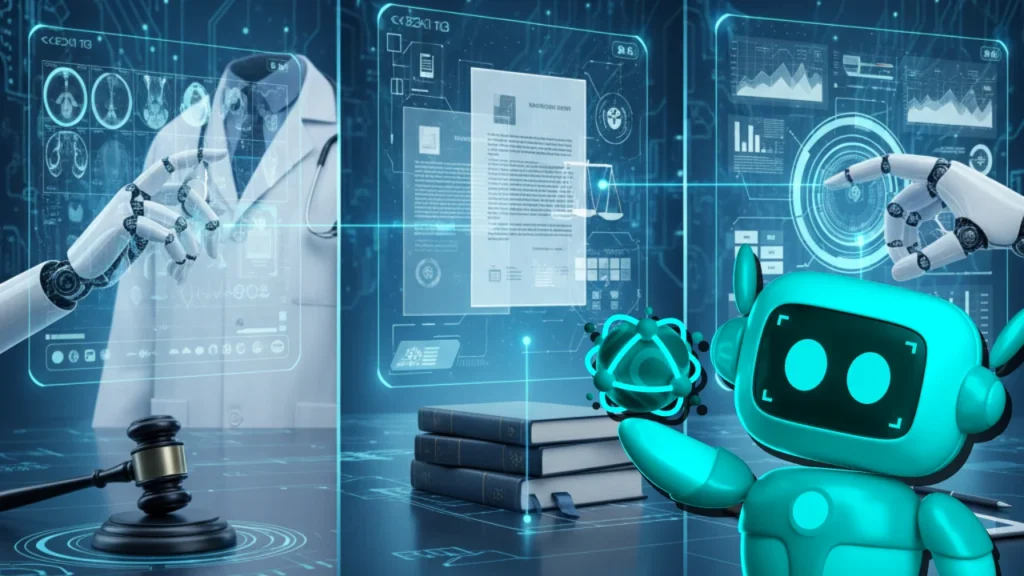As artificial intelligence becomes a dominant force in cybersecurity. Experts are now raising red flags about potential hidden vulnerabilities in AI-powered Security Operations Center (SOC) tools. A new analysis reveals that while these systems enhance threat detection and response, they may also introduce serious blind spots and exploitable weaknesses.
Growing Dependence on AI in SOC Environments
Organizations are increasingly integrating AI-driven tools into their SOCs to handle the rising volume of cyber threats. These tools help in identifying patterns, automating responses, and filtering noise from actual risks. However, cybersecurity professionals caution that blind trust in AI can lead to overreliance on systems that may not be fully secure themselves.
Key concerns include bias in training data, limited context awareness, and manipulatable algorithms, which can all lead to overlooked threats or false positives.
Exploitable Gaps in Detection Capabilities
One of the biggest issues highlighted is that threat actors are learning to manipulate AI models by feeding them deceptive or adversarial data. This technique can lead the system to misclassify real threats or ignore unusual behavior. Making it easier for attackers to slip through undetected. In some cases, attackers might even attempt to reverse-engineer the model’s logic. Crafting exploits that are specifically designed to evade AI detection rules.
The Need for Human Oversight and Layered Security
Experts emphasize that while AI tools are highly valuable. They must be supplemented with human oversight and traditional threat detection methods. Relying entirely on automation can expose SOCs to novel attack techniques that AI is not yet trained to understand. Moreover, AI systems often lack the ability to apply nuanced judgment, which human analysts bring when assessing complex threats or context-sensitive behavior.
Recommendations for Organizations
Security teams are encouraged to perform regular model evaluations. Conduct red team testing, and combine AI with rule-based detection, threat intelligence, and manual investigations. Transparency in how AI tools are trained and deployed is also critical for reducing exposure. While AI-powered SOC tools offer speed and efficiency, they are not immune to flaws. Organizations must adopt a balanced approach leveraging AI where it excels but maintaining strong human-in-the-loop protocols to guard against its hidden weaknesses.
Grab more recent updates on our WhatsApp Channel


















